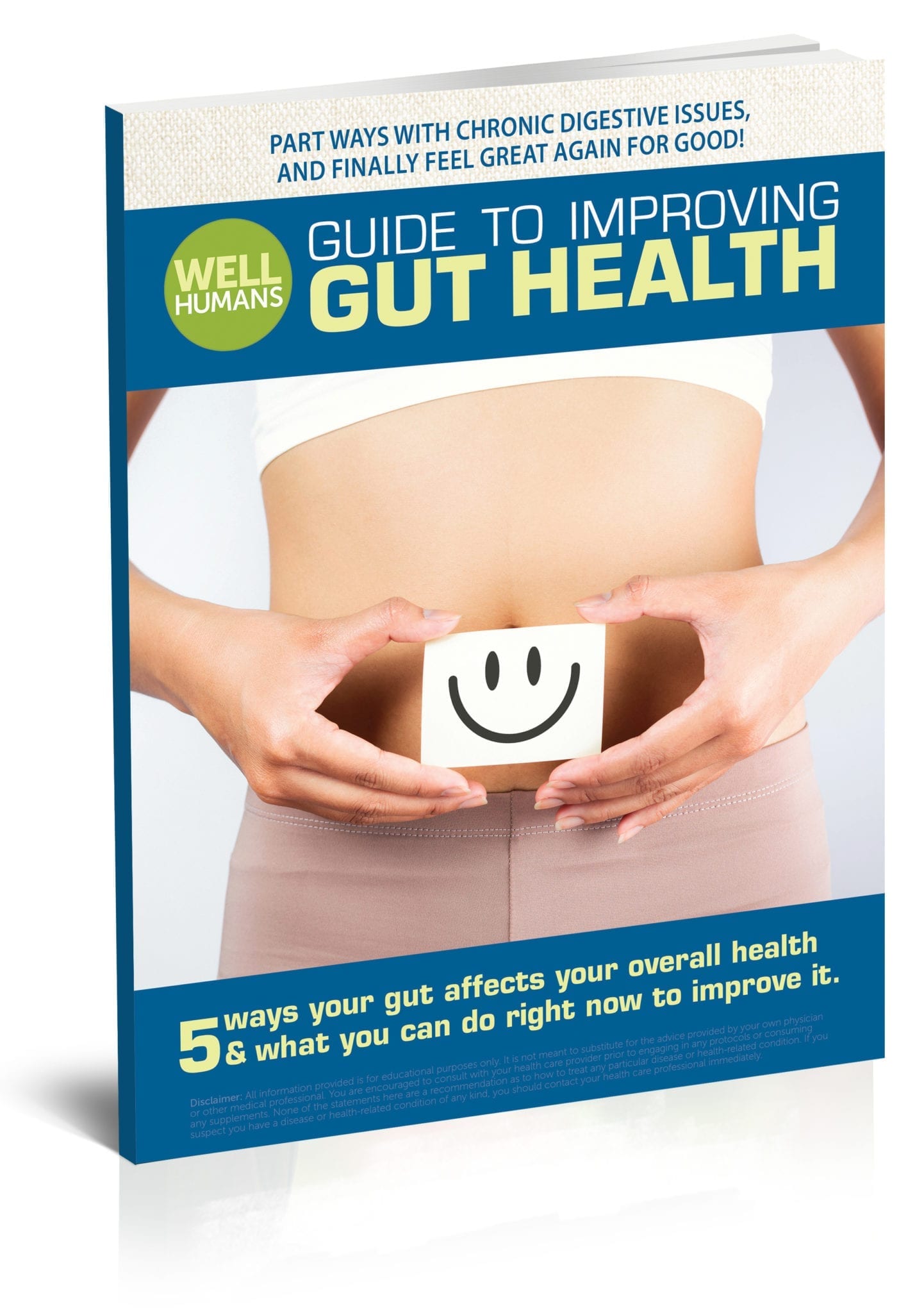
I come from the Twinkie generation. Thoughts of that sweet yellow cake with its white cream filling got me through the school day. I knew once the last bell freed me from my desk, that I’d come home to find one waiting for me in the cupboard.
Twinkies weren’t healthy back then. I’m under no illusion that the younger me was making top-notch after school snack choices. Still, the Twinkies of my childhood are a different snack cake from the Twinkies of today.
What does it all come down to? Ingredients . . . and how they’ve changed over the last few decades. Let’s take a look at a few of Twinkie’s main ingredients—flour, water, sugar, corn syrup and high fructose corn syrup, shortening, and eggs—and see what’s changed and what hasn’t since I was a kid.
Flour
Flour has always varied between different companies, but the difference in the white stuff has seen substantial changes both in the wheat base and the milling process used to grind it down into the final product.
Today’s Twinkies use enriched bleached white flour, which has roots in the corporate agricultural machine that developed in the 1960s and 1970s. William Davis, author of Wheat Belly, credits the introduction of a protein called gliadin to the problems caused by wheat products that are so prevalent today. In addition to other enrichments, scientists say that 21st-century wheat contains 40 times at much gluten as the grain I consumed as a kid and we’re eating 25 percent more wheat products.
That’s bad for the belly, the brain, and the rest of the body. For those with gluten sensitivities or celiac disease, any amount of gluten can cause symptoms ranging from stomachaches and bloating to rashes, eczema, migraines, and joint inflammation. Even for those without any sort of sensitivity, large amounts of gluten can make us feel overly full, lethargic, and depressed. Because gluten usually comes in the form of a high-glycemic carbohydrate and thus affects your blood sugar, you might be desperate for a nap after indulging.
Milk and Butter
The first Twinkies hit shelves in 1930, and they were loaded with these natural mainstays you find in homemade baked goods. And, like the goodies that come out of your oven, they had a shelf life of just a few days.
As you can imagine, that’s not great for a growing business, so the company that became Hostess started making changes to nix the ingredients that cause such speedy spoilage. One of them, milk, was replaced by chemicals like monoglycerides, diglycerides, emulsifiers, and sodium stearoyl lactylate.
Today’s Twinkies list partially hydrogenated vegetable shortening and assorted oils in its list of ingredients. While shortening has long been a part of the secret recipe, the amount of it has likely increased along with the number of preservatives to extend the cake’s shelf life to its current 45 days. As for the butter flavor, well, there’s a replacement for that, too: diacetyl. Chemical “foods” anyone?
Sugar
Processed food recipes have always changed depending on the availability and price of ingredients, writes Steve Ettlinger, author of Twinkie, Deconstructed. In fact, the original Twinkies of the 1930s were filled with banana cream! The modern vanilla was substituted in thanks to World War II food rationing, and since then, Twinkie bakers haven’t stopped tinkering.
Enter high fructose corn syrup, which was invented in 1957. HFCS wasn’t a big player in the processed food industry until the 1980s. For 20 years, it went unchallenged, until researchers found that the syrup causes obesity. In addition, most corn products are not GMO-free. Every time you consume them, you’re also ingesting a load of glyphosate, a toxic herbicide.
One thing is for certain: people are consuming more corn syrup now than they were in the ‘60s and ‘70s; in fact, sugar and HFCS consumption is just about equal today and people are much less healthy than they were when I was a growing up.
The bottom line? If you’ve gotta have a Twinkie, try to DIY
There are dozens of recipes available on the internet that can help you replicate my favorite treat from way-back-when. You can make them gluten free, dairy free, and paleo. Always opt for organic ingredients when possible.
Want to discover if eating (Twinkies or not) might be affecting how you feel?
I work one-on-one with people like you to figure out what’s lacking in your diet, what might be contributing to how you feel, and what you can do (and eat) to feel better now. Whether you’re struggling with symptoms like fatigue, skin issues, GI distress or sleep issues, I use the latest research, lab testing, and nutrition models to figure out your individualized plan toward a healthier, happier you. Learn more here.
Click here to set up a Complimentary Consult discuss what you’re goals are and how I can help.





